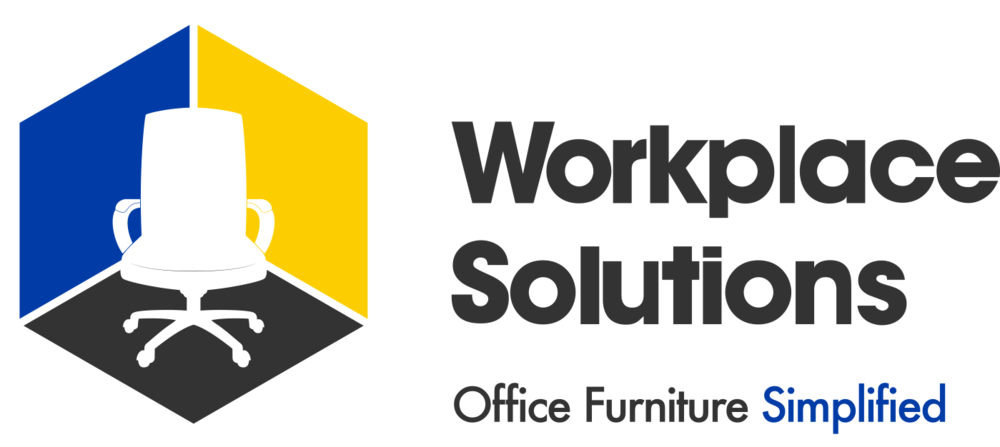Noise in the workplace can significantly impact productivity, concentration, and overall employee well-being. Understanding acoustic principles and measuring office noise are crucial steps in creating a comfortable work environment. This article explores the basics of acoustics, the impact of office noise, how noise levels are measured, and practical solutions for noise control.
What is Acoustics?
Acoustics is the study of sound, including its production, transmission, and effects. In the context of office environments, acoustics focuses on controlling sound to reduce noise distractions and enhance speech clarity. Effective acoustic management aims to minimize unwanted noise while maintaining a pleasant auditory atmosphere.
Types of Office Noise
Office noise can be broadly categorized into three main types:
Ambient Noise: Background sounds such as HVAC systems, office equipment, or street noise.
Conversational Noise: Sounds from people talking, whether in meetings, phone calls, or casual conversations.
Impact Noise: Sounds generated by physical actions, like footsteps, dropping objects, or doors closing.
Impact of Noise on Office Environments
Excessive noise in offices can lead to reduced productivity, increased stress, and decreased job satisfaction. Common effects include:
Distraction: Interruptions from conversations or equipment can disrupt focus and workflow.
Stress and Fatigue: Constant exposure to high noise levels can lead to stress, irritability, and fatigue.
Reduced Communication: Poor acoustics can make communication challenging, leading to misunderstandings and inefficiency.
Measuring Office Noise Levels
Measuring noise levels in the office helps identify problem areas and assess the effectiveness of noise control solutions. Key metrics include:
Sound Level (Decibels - dB): The basic unit of sound measurement. Typical office noise ranges from 45 to 65 dB. Sounds above 85 dB are considered harmful over prolonged exposure.
Frequency (Hertz - Hz): Measures the pitch of sound. High-frequency noises (like phone rings) and low-frequency noises (like HVAC hum) can be equally disruptive.
Reverberation Time (RT60): The time it takes for sound to decay by 60 dB after the source stops. Longer reverberation times can cause speech to sound muffled or echoey.
Noise Reduction Coefficient (NRC): Indicates how much sound an object absorbs. Materials with high NRC values, like acoustic panels, help reduce noise reflections.
Tools for Measuring Noise Levels
Sound Level Meter (SLM): A handheld device that measures sound pressure levels in decibels.
Dosimeter: Worn by employees to monitor personal exposure to noise over time.
Acoustic Software: Used for detailed analysis, including mapping noise sources and identifying reverberation issues.
Acoustic Solutions for Office Noise
Acoustic Pods: Enclosed, soundproof spaces for private conversations or focused work. They create quiet areas in open-plan offices, reducing noise distractions.
Acoustic Lighting: Lighting fixtures combined with sound-absorbing materials, which reduce noise while illuminating the workspace. They are particularly effective in open offices for balancing function and aesthetics.
Ceiling and Wall Panels: Sound-absorbing panels installed on walls and ceilings to reduce reverberation and echo. They are available in various designs to enhance both acoustics and aesthetics.
Room and Desk Dividers: Movable or fixed dividers that separate spaces and help absorb sound, reducing conversational and ambient noise in open-plan offices.
Acoustic Flooring: Flooring materials such as carpets, rugs, or specialized acoustic underlays that absorb sound, helping to reduce impact noise like footsteps or dropped objects.
Acoustic Furniture: Furniture designed with sound-absorbing materials, such as upholstered seating or fabric-covered desks, which help manage noise levels in shared spaces.
Soft Seating and Upholstered Furniture: Sofas, armchairs, and other furniture items covered in soft, sound-absorbing materials, ideal for reducing sound reflection in lounge areas or meeting rooms.
Sound-Absorbing Planters: Planters with built-in sound-absorbing properties that not only enhance office greenery but also help reduce ambient noise.
Sound Masking Systems: Systems that introduce low-level background noise, making conversations less intelligible and minimizing distractions. Sound masking systems help maintain consistent noise levels across the office.
Quiet Zones: Designate specific areas for focused work where noise is minimized. These zones can be enhanced with acoustic furniture, dividers, and sound-absorbing materials to create a calm environment for concentration.
Managing office noise is essential for creating a productive and comfortable workspace. By understanding acoustics, measuring noise levels, and implementing effective solutions such as acoustic pods, sound-absorbing lighting, panels, and furniture, businesses can control sound, improve employee well-being, and enhance overall workplace efficiency. Whether through the use of sound-absorbing materials, strategic layouts, or advanced noise measurement tools, addressing office noise is an investment in a better working environment.

